Seniors & Chronic Pain: How to Recognize & Manage this Common Condition
in Active AgingWritten by PARC Retirement Living
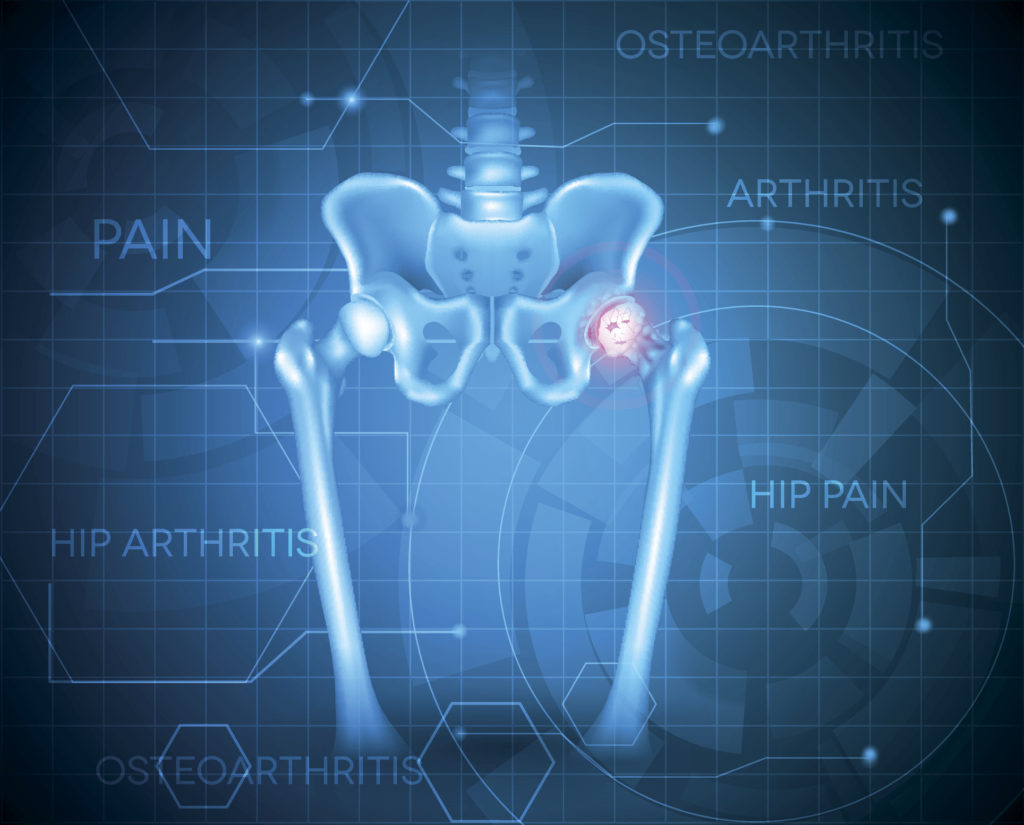
We’ve all heard of chronic pain, but what is it exactly? And what does it mean for seniors and what can be done about it? To help answer these questions, we turned to PARC’s wellness leader, June Morris.
Chronic pain and its causes
Simply put, begins Morris, chronic pain is pain that persists beyond three months, as opposed to acute pain that typically lasts a short period of time.
“It’s pain that continues after an injury has healed or if there’s an ongoing cause for the pain. In some cases, it’s not known what the source of the pain is,” says Morris, who works with PARC’s wellness nurses across the company’s five residences.
Indeed, the causes and effects of chronic pain can take many forms, with conditions like cancer, arthritis, diabetes and decreased circulation giving rise to low back pain, neurological pain, cluster headaches and more. “Every system of the body can be affected,” says Morris, to the extent that sufferers can experience decreased activity levels and general enjoyment of life.
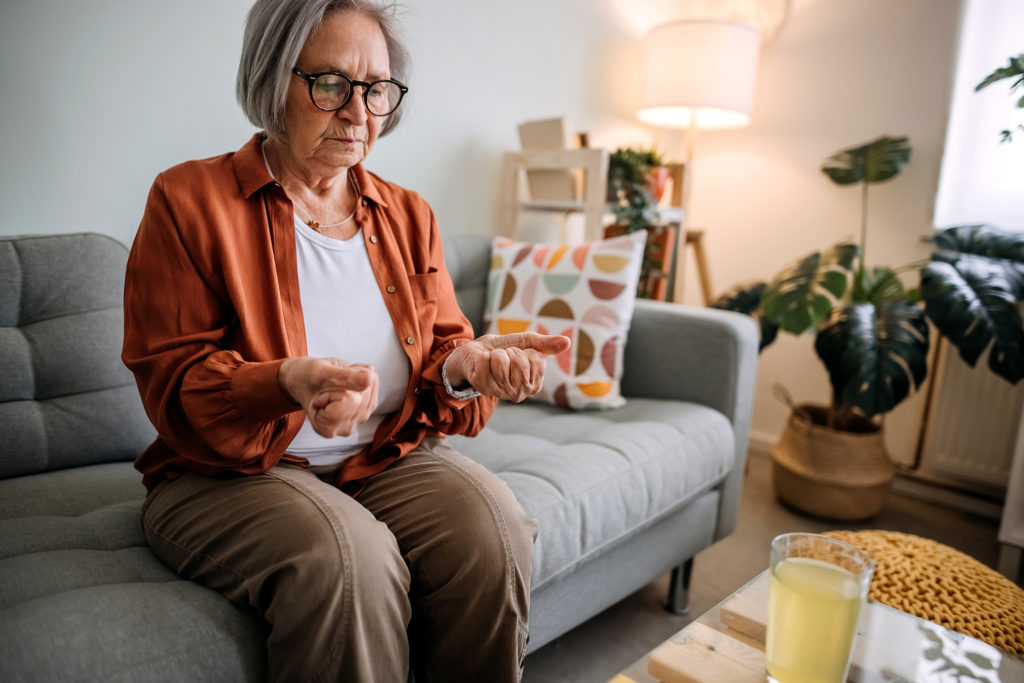
Prevalence and impact among older adults
The Canadian Pain Task Force reports that nearly eight million Canadians, or one in five, have been diagnosed with chronic pain. But when it comes to seniors, the condition becomes much more common, with one in three adults over 65 affected.
As Morris notes, pain in general tends to have a single cause among younger people but becomes more widespread as our bodies’ multiple systems experience the effects of aging. “Chronic pain is quite common as we’re aging, and it’s often under-reported, so it’s probably more common than what we’re aware of,” she says, adding that some seniors have the misguided belief that because they’re getting older, they should expect to be in more pain and just live with it.
Yet chronic pain significantly impacts our older population in both physical and mental ways. Consider the following trajectory: as their pain persists, seniors reduce their activities and exercise, leading to weakness and an increased risk of falls, as well as isolation, depression and anxiety – all of which can ramp up as chronic illnesses worsen. Meanwhile, external effects include the breakdown of family and social ties and increased health care costs.
The good news, though, is that this cycle – sometimes referred to as chronic pain syndrome – can be broken or even avoided with proper pain management. Thankfully, older adults today can tap into a variety of resources and methodologies.
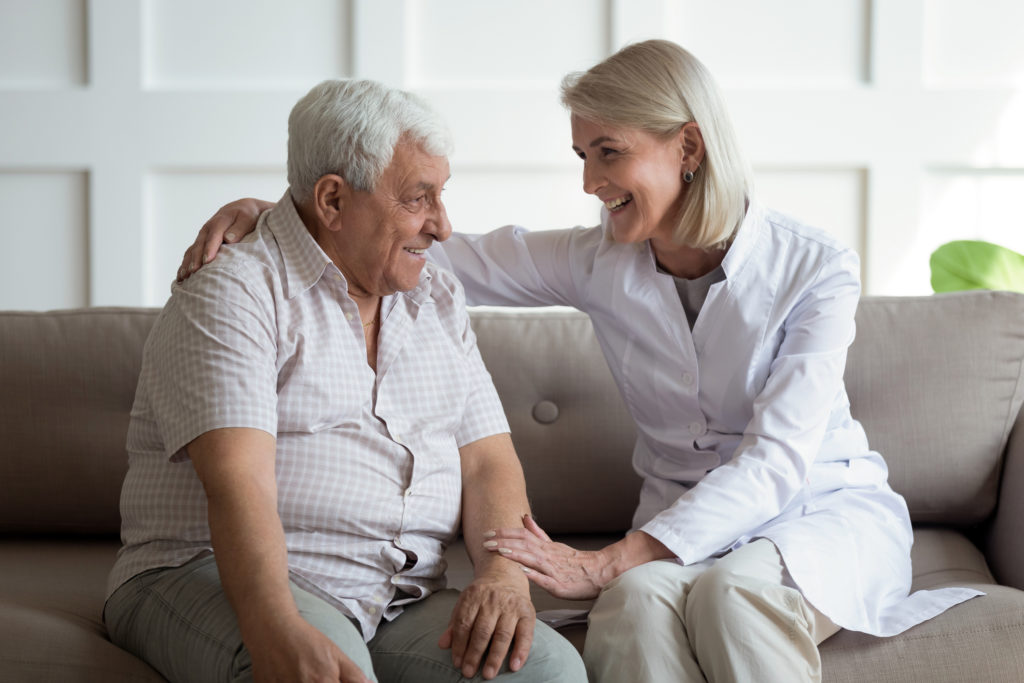
Pain management for seniors
How pain is managed differs widely between younger and older patients. As such, Morris, who is also a registered nurse with a focus in gerontology and occupational health, recommends seniors first undergo a good assessment that includes history and an exam potentially with bloodwork and imaging. That way, the extent and causes of pain can be fully understood and diagnosed before a treatment plan is determined.
Armed with a comprehensive assessment, seniors and their health care providers can then build a balanced plan tailored to an individual’s needs and preferences. “The idea for pain management with chronic conditions,” says Morris, “is it needs to be a holistic multimodal approach.”
Non-pharmacologic practices could include an anti-inflammatory diet, low-impact exercise like yoga and walking, mindfulness techniques like meditation and muscle relaxation, a healthy mind-body connection and cognitive-behavioural therapy. And medicinal methods, as outlined in a National Library of Medicine article, could range from anti-inflammatory drugs and topical agents to antidepressants, opioids and cannabinoids.
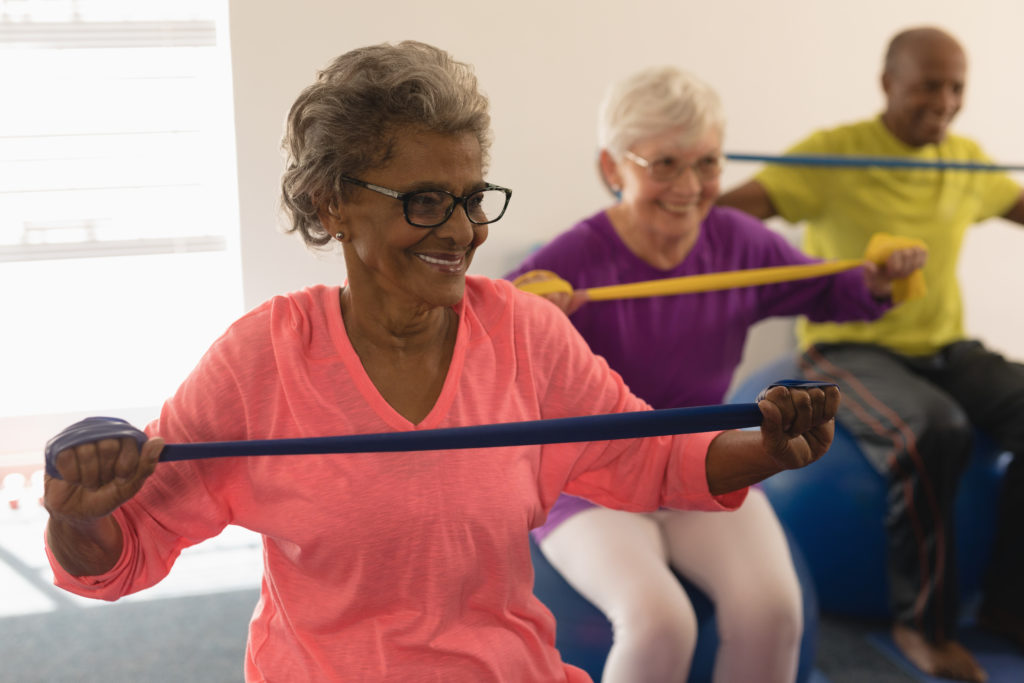
Still, polypharmacy, or the use of multiple drugs for a variety of ailments, can have adverse affects. “There’s a place for the medications for sure but there are definitely risk factors . . . medications do have side effects. And especially when it comes to the use of opioids for very severe pain, those need to be watched very, very carefully.”
Living well with chronic pain
It might sound like an oxymoron, but it’s quite possible to enjoy life while dealing with chronic pain. “Having a routine, building a realistic program for yourself and having the support to do that, I absolutely think that people can live their best life,” says Morris.
But seniors shouldn’t feel they have to go at it alone. Rather, pain clinics and programs like the University of Victoria’s Chronic Pain Self-Management Program are there to provide support. Another option is independent living communities like PARC, which encourage and empower residents to explore new physical, social and mental wellness programs within a supportive environment.
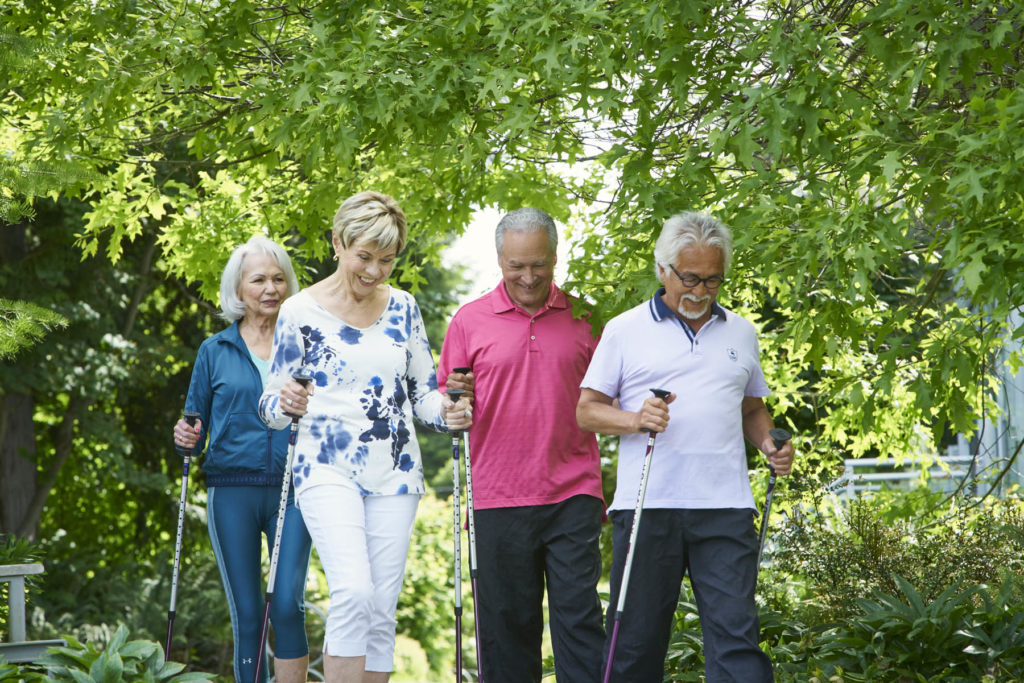
Morris herself has witnessed more than a few gratifying outcomes. “It’s exciting to see someone who’s been on a wait list for a while finally get their hip surgery done, go through the rehab, and then they’re dancing at a social event. Their whole demeanour has changed, they’ve done the work to get through it. They didn’t give up and the reward is so fantastic.”
Would you like to learn more about PARC’s wellness programming? Visit parcliving.ca/activeliving.

